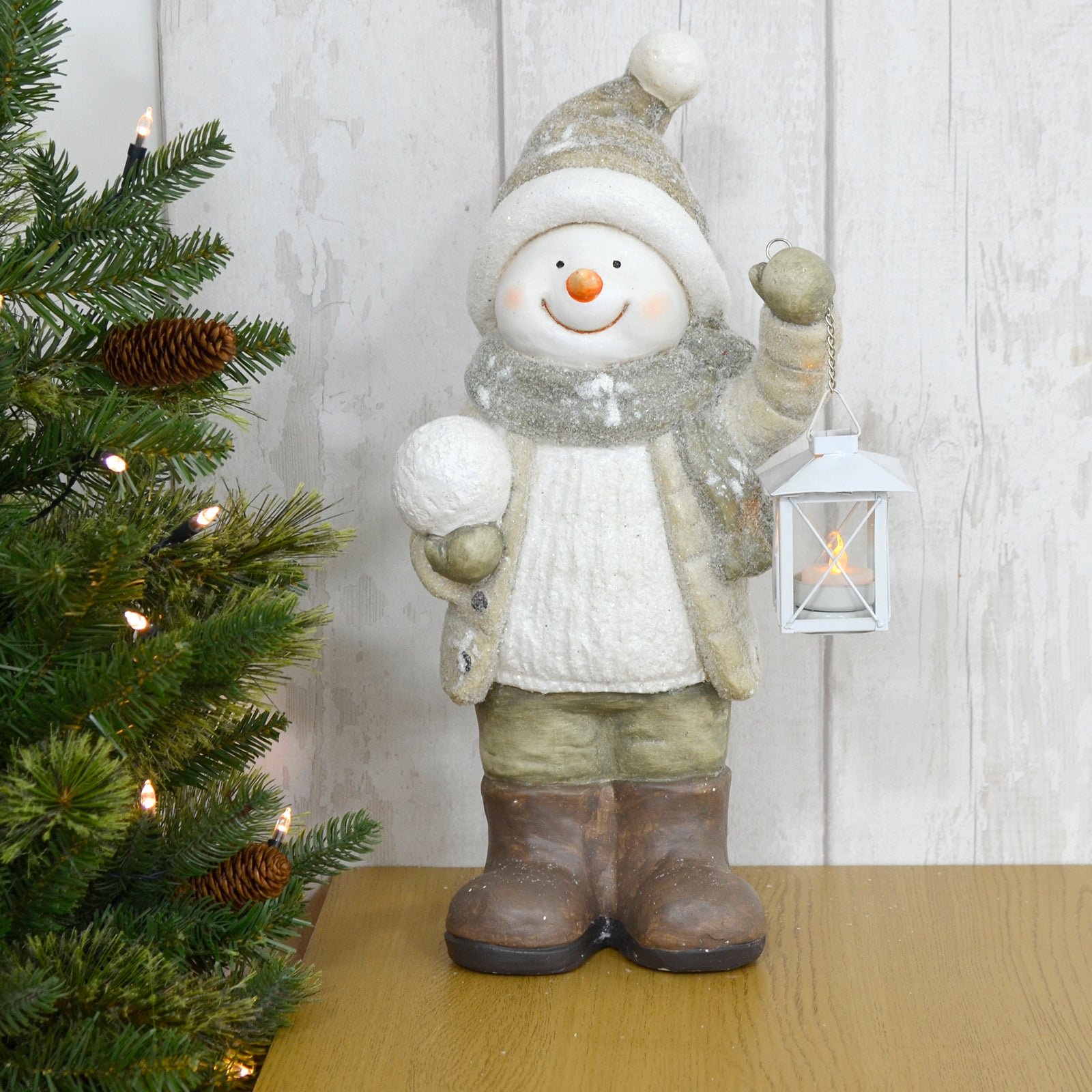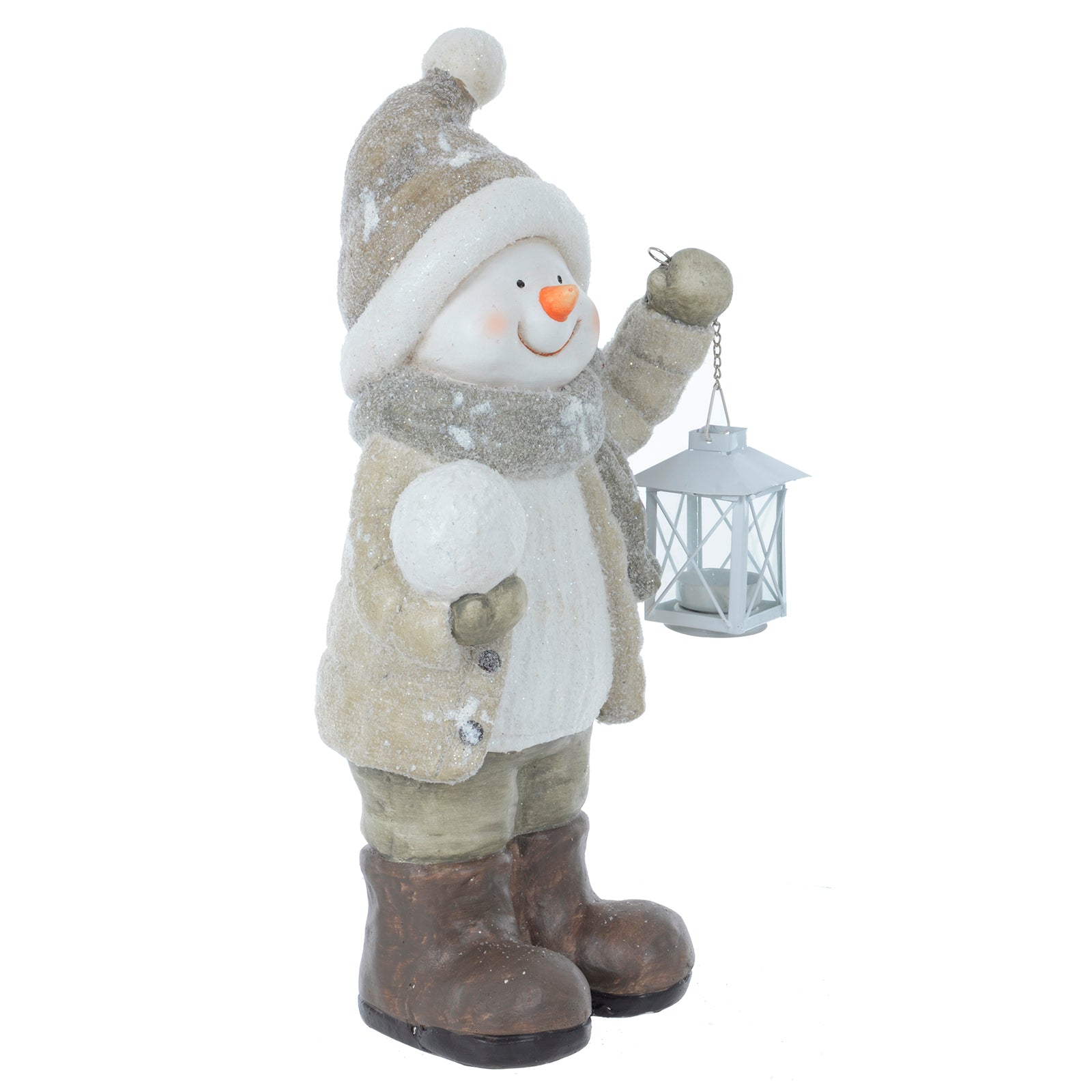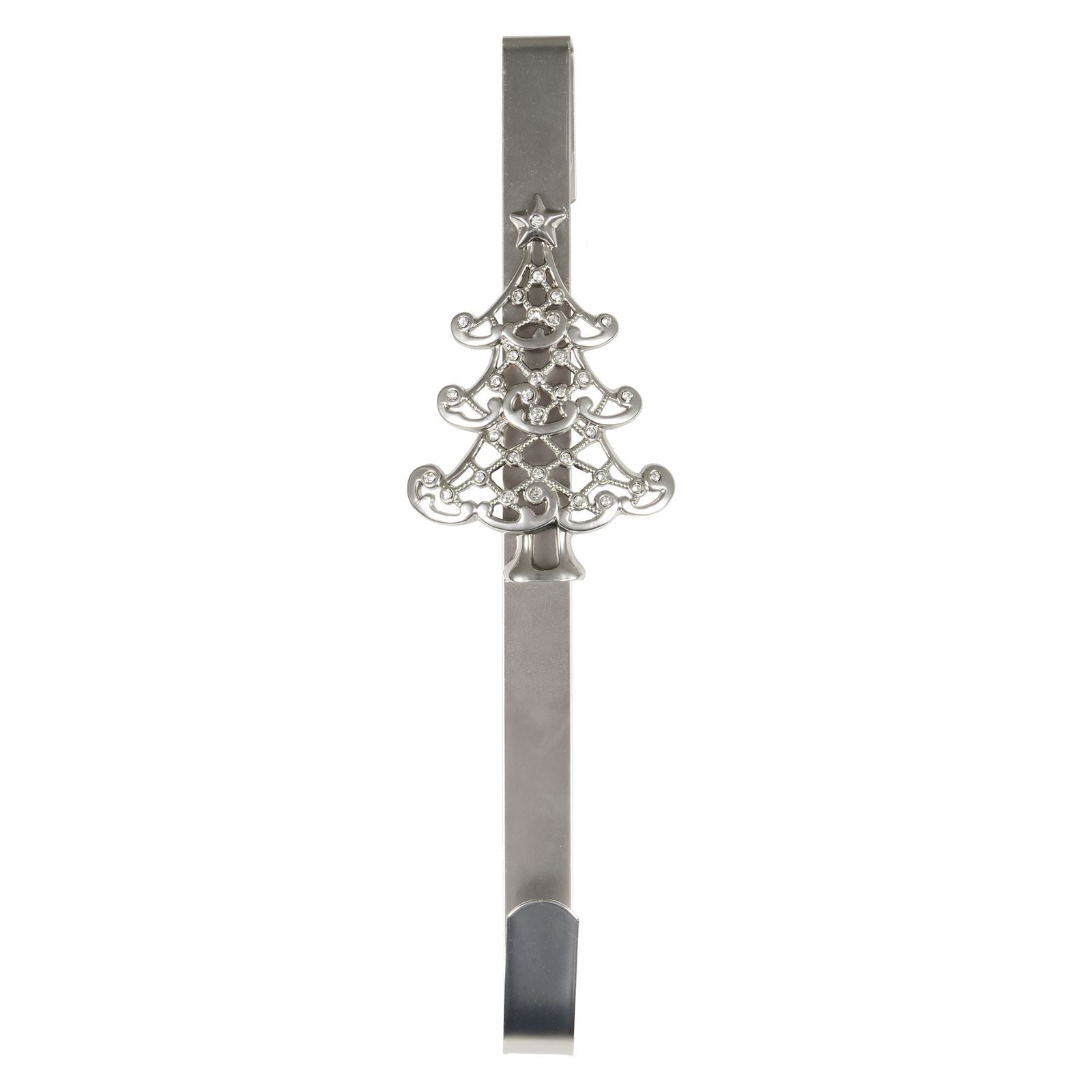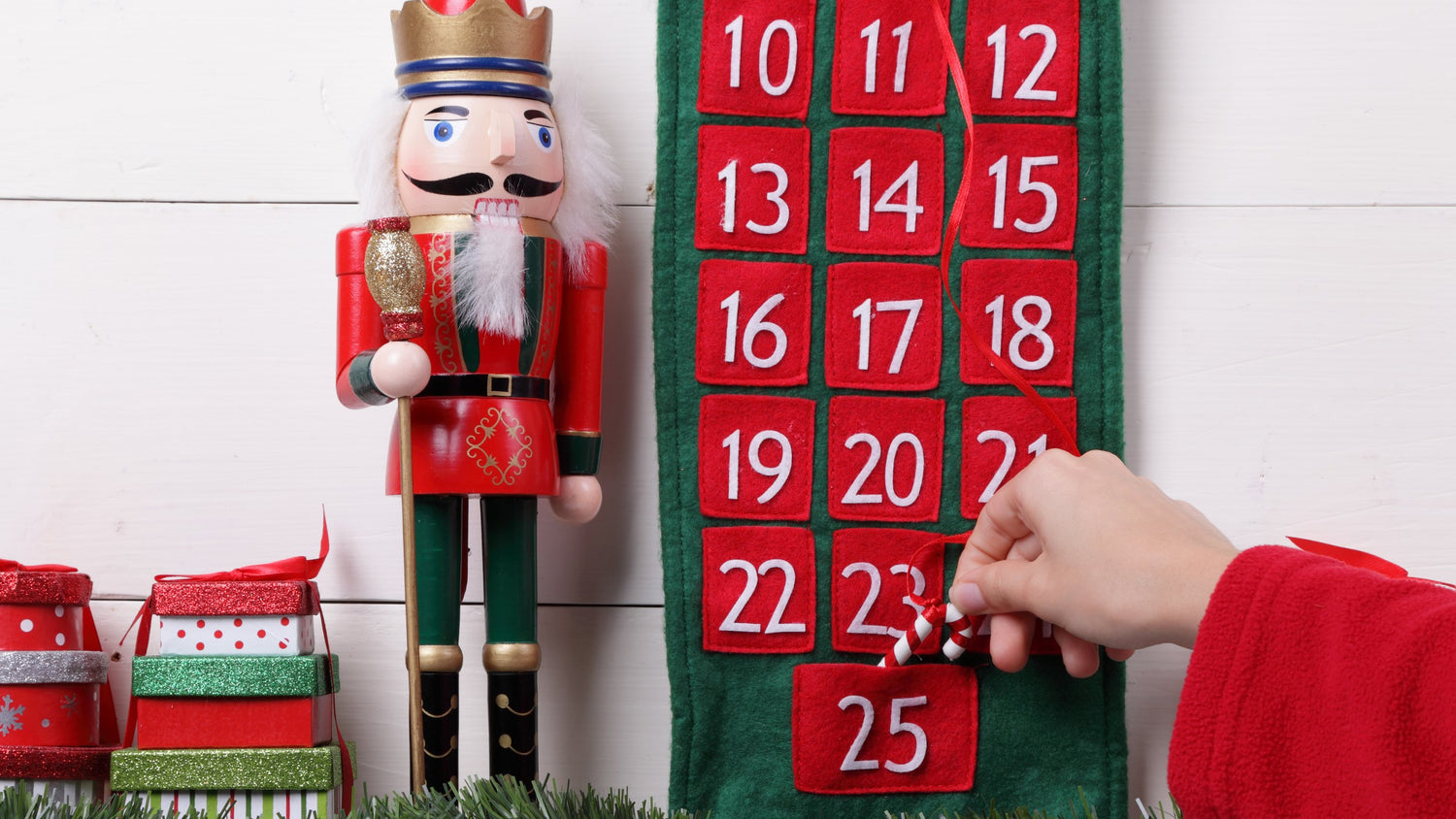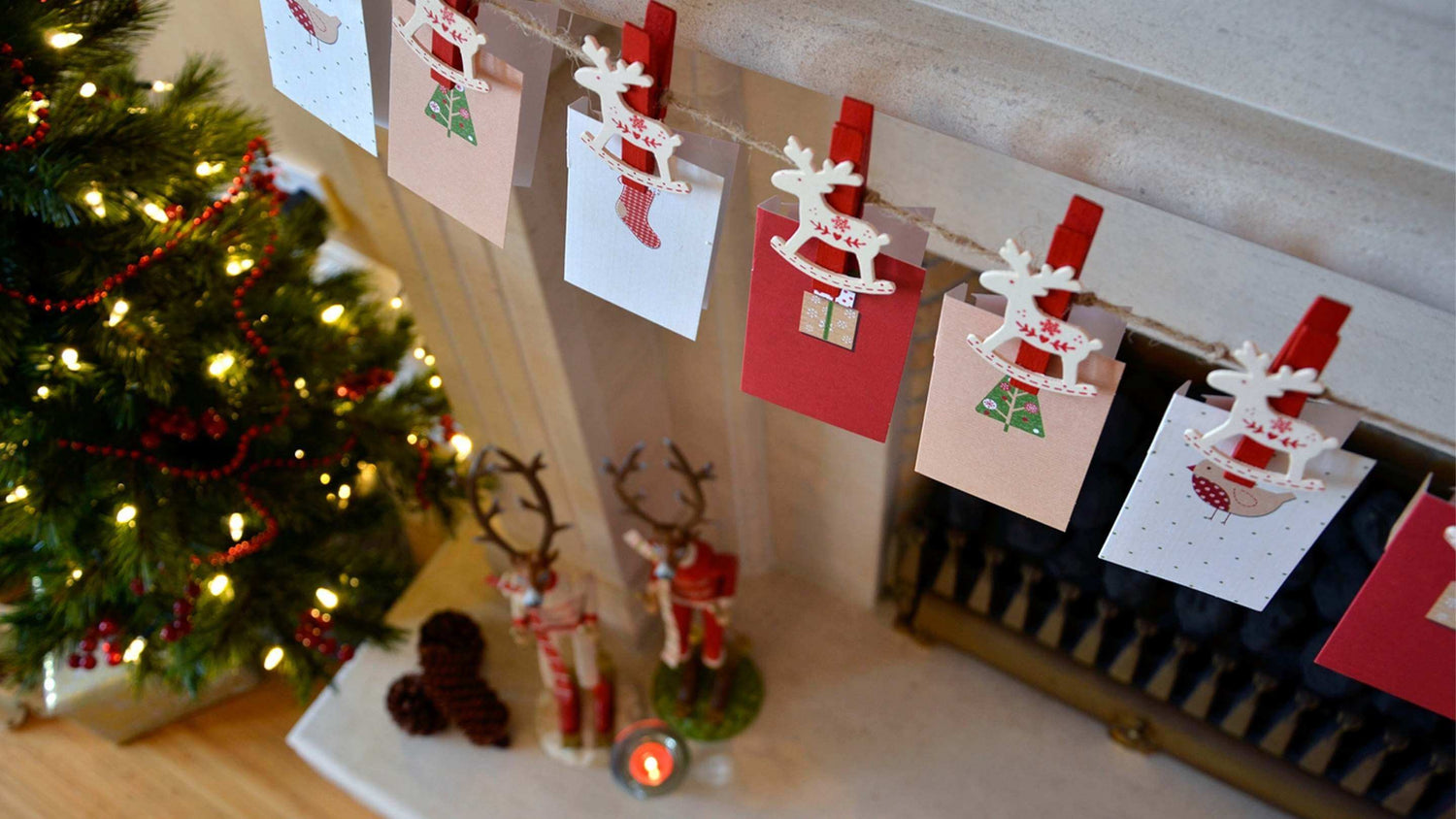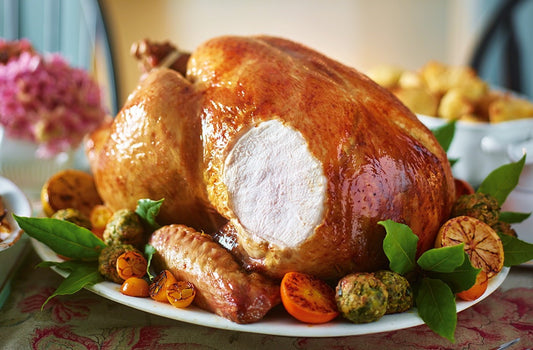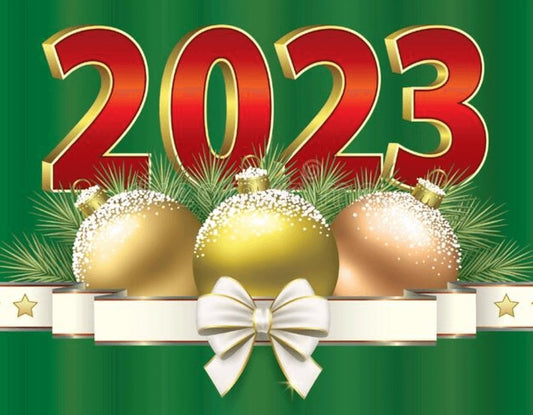Christmas: History, Meaning, and Traditions

What is Christmas?
Christmas, celebrated on 25 December, is a Christian holiday marking the birth of Jesus Christ. It's globally observed with traditions like gift-giving, tree decorating, and family gatherings.
The holiday is observed by billions of people around the world, both Christians and non-Christians.
Traditions associated with Christmas include attending church services, exchanging gifts, decorating a Christmas tree, and sharing meals with family and friends. The figure of Father Christmas, who brings gifts for children, is also a significant symbol of Christmas in many cultures.
What is the meaning of Christmas?
The meaning of Christmas stems from its origins as a Christian celebration of Jesus Christ's birth, representing the arrival of the prophesied Messiah and salvation in Christian belief.
Christmas has developed cultural meaning around ideals like joy, generosity, hope celebrated through traditions like exchanging gifts, feasting, and gathering with family.
The essence of Christmas combines the religious significance of Jesus's birth with cultural symbolism of unifying virtues embodied in cherished holiday practices.
Why is Christmas called Christmas?
The word "Christmas" originates from the Old English term "Cristes maesse" or "Christ's Mass", referring to the Christian liturgical celebration of Christ's birth. It literally translates to "mass of Christ".
The name reflects the holiday's origins as a feast day in the Christian church calendar marking the nativity of Jesus Christ. Early Christmas services focused on worshipping Christ ("Christ's mass").
Over time, the Old English name "Cristes maesse" evolved into the modern "Christmas", but it retains its semantic meaning commemorating the birth of Jesus Christ through religious observance. The word Christmas integrates the concept of a Christian mass with the name of Christ himself.
What are some common traditions associated with Christmas?
Popular Christmas traditions with religious roots include attending church services like Christmas Eve mass and Christmas Day worship. Secular traditions involve decorating evergreen Christmas trees with lights, ornaments, garlands, and a star or angel tree topper. On Christmas morning, families exchange gifts placed under the tree, often delivered by the mythical figure Father Christmas.
Other shared traditions include singing or listening to Christmas carols, preparing special holiday meals or feasts, sending Christmas cards, and doing Christmas crafts or activities together as a family. Some specific examples include baking biscuits to leave out for Father Christmas, lighting the Advent wreath candles, and leaving stockings out for Father Christmas to fill with gifts.
What is the significance of the Christmas tree?
The Christmas tree holds deep symbolism related to the Christian celebration of Christ's birth and eternal life. Its evergreen branches represent the eternal life Jesus makes available to believers. Decorating fir trees with lights originated from the practice of bringing light and life into homes midwinter.
Ornaments and tinsel on Christmas trees symbolise the light, joy, and beauty of God's grace and salvation. Tree-toppers like stars recall the Star of Bethlehem that guided the Magi to Jesus. Overall, adorning evergreen Christmas trees reflects Christian symbolic meanings of eternal life, celebration of Christ's light entering the world, and the fruits of God's redemptive gifts.
What are some outrageous, record-setting, or unique Christmas trees?
Some unique Christmas trees include the towering Rockefeller Centre tree in New York, the massive decorated tree outside the US Capitol, and the Trafalgar Square tree donated annually by Norway.
What do different natural Christmas tree types symbolise?
Evergreen fir and pine Christmas trees represent eternal life. Spruce trees symbolise hope. Holly suggests Christ's crown of thorns.
What is the story behind Father Christmas and Christmas?
The figure of Father Christmas originated with Saint Nicholas, a 4th century Christian bishop renowned for gift-giving and generosity, especially toward children. As legends of St. Nicholas spread, attributes became exaggerated and merged with folktales to create a magical, jolly character who delivered gifts on Christmas Eve.
In the modern British version, the saint morphed into a portly, bearded man in red fur garments who lives at the North Pole and rides a sleigh pulled by flying reindeer. This Father Christmas persona encapsulates the Christmas spirit of joy and selfless giving. Although originating from the historical St. Nicholas, the mythical Father Christmas represents ideals of generosity, wonder, and childlike faith associated with the holiday.
How has Father Christmas’s image and story evolved over time?
Father Christmas evolved from the historical Saint Nicholas, developing a jolly, red-suited persona through 19th century poems and illustrations into the magical, gift-giving figure of children’s Christmas lore today.
How did the practice of gift-giving on Christmas start?
The tradition of exchanging gifts on Christmas emerged from two historical roots - the gifts of the Magi to the Christ child, and Saint Nicholas's charitable gift-giving to the poor.
As told in the Bible, the Three Wise Men presented gifts of gold, frankincense, and myrrh to the infant Jesus to honour his birth as saviour. This set a precedent of giving gifts to commemorate Christ's nativity. According to legends, St. Nicholas also travelled giving anonymous gifts to those in need, inspiring gift-giving in his name.
Over time, these religious narratives blended with cultural gift exchanges during winter solstice festivals to become a central Christmas custom. The joint symbolism represents conveying love, commemoration, reverence, and charity through generous acts of gift-giving.
How is the spirit of Christmas often described?
The "spirit" of Christmas refers to the cultural ideals, emotions, and values commonly associated with the holiday. This is often described using concepts that convey:
Joy - feelings of happiness, celebration, excitement
Peace - harmony, tranquility, contentment
Generosity - giving, selflessness, charity
Goodwill to others - compassion, kindness, love
Additional descriptors include wonder, gratitude, hope, and magic to evoke childlike nostalgia. Collectively, these attributes reflect cultural Christmas themes of treasuring relationships, community, empathy, and meaning.
While rooted in Christian belief, the inclusive spirit of Christmas promotes transcendent virtues that inspire people regardless of their religious affiliations. The essence resides in cherishing glorious revelations of humanity's higher nature.
What is the symbolism of Christmas lights?
Christmas lights hold religious meaning representing Jesus Christ as the light of the world in Christian belief. Decorating trees and homes with lights at Christmastime originated from positioning candles on fir trees to symbolise the starry sky at Jesus's birth.
The practice also signifies Jesus bringing spiritual light into the world through his birth, death, and resurrection. Twinkling Christmas lights recall God's grace illuminating the darkness and Christ reflecting God's divine light into humanity. So adorning homes with festive lights represents welcoming Christ's light and celebrating his promise of eternal life for believers.
What is the significance of the Christmas star?
The Christmas star symbolises the Star of Bethlehem that guided the Magi to visit the newborn Jesus, fulfilling prophecy of the Messiah's birth.
Where did Christmas come from?
Christmas originated in the early Christian church as a religious feast day celebrating the nativity of Jesus Christ. It was strategically aligned with preexisting pagan winter solstice festivals.
How old is Christmas?
Modern Christmas traditions trace back a few centuries, but the holiday's roots date to the early Christian church established over 2000 years ago.
What are the pagan origins of Christmas?
Christmas absorbed dates and customs from pagan Roman and Germanic winter solstice festivals like Saturnalia and Yule that celebrated the return of light and birth of the sun god.
Is Christmas a pagan holiday?
Christmas is primarily a Christian religious observance of Jesus's birth, although some originating customs were appropriated from pagan winter solstice celebrations.
How is Christmas celebrated around the world?
Christmas celebrations vary across different cultures, incorporating local traditions and customs. Common elements include attending church services, festive family meals, gift exchange, Christmas trees, decorations, carols, and Father Christmas figures. Regional examples include posadas in Mexico, Christmas pudding in Britain, and light displays in India.
What is the history of the Christmas stocking tradition?
The Christmas stocking tradition originated from legends about St. Nicholas secretly giving gold coins to three impoverished sisters by dropping purses down their chimney, which landed in stockings hung by the fireplace to dry. This evolved into children hanging special stockings for St. Nicholas to fill with gifts.
How did the tradition of sending Christmas cards begin?
The tradition of sending Christmas cards started in Britain in the 1800s when the postal system improved enough to enable mailing personalised holiday greetings. It grew into a popular custom to exchange cards expressing seasonal well-wishes.
What is the origin of the Christmas wreath?
The Christmas wreath represents eternal life in Christianity, with its circular shape reflecting God’s endless love. Evergreen wreaths were used in winter solstice celebrations in pre-Christian Europe, later appropriated as Christian advent wreaths.
Why is Christmas celebrated?
Christmas is celebrated by Christians to honour Jesus Christ's nativity and by many others culturally as a time of joy, family, and generosity.
Is Christmas Jesus' birthday?
Christmas is traditionally recognised as the birthday of Jesus, although the exact date of his birth is unknown.
Why do Christians celebrate Christmas?
Christians celebrate Christmas to commemorate the incarnation of Jesus as the son of God whose birth fulfilled Old Testament prophecy about the coming Messiah.
What are some popular Christmas carols and their origins?
Well-known Christmas carols were mainly composed in the last two centuries, like “Silent Night” in Austria in 1818 and “Jingle Bells” in America in 1857. But they draw inspiration from biblical narratives of Christ’s birth.
What is the role of Christmas in popular culture (movies, songs, etc.)?
In movies, songs, and television, Christmas often represents idealised virtues of home, family love, wonder, and nostalgia. Popular culture employs Christmas themes to evoke sentimentality and childlike joy.
What are the most viewed or streamed Christmas movies?
The most viewed and streamed Christmas movies include classic films like It's a Wonderful Life, Miracle on 34th Street, How the Grinch Stole Christmas, Elf, Home Alone, The Polar Express, and more modern hits like The Christmas Chronicles, Love Actually, The Holiday, and The Night Before Christmas.
Television specials like Rudolph the Red-Nosed Reindeer, A Charlie Brown Christmas, and Dr. Seuss’ How the Grinch Stole Christmas are also perennially popular.
Factors like nostalgia, cosy themes of family and romance, humour, and feel-good messages help make these Christmas movies widely watched year after year, especially during the holiday season. Streaming and cable reruns have allowed new generations to be introduced to these beloved films.
What are some classic Christmas poems and their significance?
Well-known Christmas poems like 'Twas the Night Before Christmas evoke childhood nostalgia and whimsy of the holiday spirit. Religious poems like Christina Rossetti's 'In The Bleak Midwinter' reflect on the miracle of Christ's nativity.
How has Christmas been portrayed in famous paintings throughout history?
Classic Christmas paintings like Adoration of the Shepherds by Georges de La Tour depict biblical nativity scenes artistically conveying spiritual significance. Secular holiday paintings by Thomas Nast created iconic imagery of Father Christmas and Christmas traditions.
What Christian scriptures describe the nativity story?
The nativity story is told in the Gospel accounts of Matthew and Luke, which describe Mary and Joseph's travel to Bethlehem, the birth of Jesus, and the visit by shepherds and Magi.
How does the birth of Jesus relate to the celebration of Christmas?
Jesus’s birth as prophesied Messiah is the theological basis for Christmas. The holiday celebrates God incarnating into humanity through Christ’s nativity.
Why is Christmas a time for charity and goodwill?
Christmas inspires charity and goodwill based on Jesus’s teachings and St. Nicholas’s generosity. The season reflects ideals of compassion, gratitude, and peace on Earth.
What is the "Twelve Days of Christmas" and its significance?
The Twelve Days of Christmas refers to the period from 25 December to 6 January observed by some Christians as a celebration of the nativity story from Christ’s birth to the visit of the Magi.
When do the 12 days of Christmas start and end?
The 12 days of Christmas begin on 25 December, Christmas Day, and end on 5 January, the eve of Epiphany.
When is Christmas day?
Christmas Day is on 25 December.
What date is Christmas day?
Christmas Day is celebrated on 25 December.
Why is Christmas day on the 25th?
25 December aligns with pagan winter solstice festivals. The date also corresponds 9 months after 25 March, traditionally recognised as the Annunciation when the angel Gabriel told Mary she would give birth to Jesus.
How does the celebration of Christmas differ between Christian denominations?
Christmas customs vary across denominations regarding dates, liturgies, fasting, and other observances. Eastern Orthodox churches use the Julian calendar for religious holidays, celebrating Christmas on 7 January.
Why is Christmas celebrated in the winter?
Early Christians aligned Christmas with preexisting pagan winter solstice festivities celebrating the rebirth of the sun, allowing conversion of these rituals into worship of Christ as the light of the world.
What is the history behind the date of 25 December?
25 December coincided with pagan Roman winter solstice celebrations like Dies Natalis Solis Invicti and Saturnalia, so the date was chosen to represent Jesus’s birth as the true “sun of righteousness.”
How does the Julian calendar affect the date of Christmas in some Orthodox churches?
Some Orthodox churches still follow the original Julian calendar which places Christmas on 7 January, not the Gregorian calendar date of 25 December.
Where is Christmas observed?
Christmas is celebrated worldwide, both in regions where Christianity is the dominant religion and in more secular societies.
What are some traditional Christmas foods in different cultures?
Customary Christmas foods and beverages vary by region, like roast turkey in Britain, panettone bread in Italy, tamales in Mexico, gingerbread biscuits in Germany, eggnog in America, and fruitcake in Australia. These food traditions reflect local culture and cuisine.
What traditional Christmas plants, flowers, and greens are used in holiday decor?
Traditional Christmas plants include holly, ivy, poinsettias, and evergreens which symbolise eternal life, festivity, and the coming of Christ. Wreaths, garlands, and tree trimmings incorporate these meaningful Christmas greens.
What is the origin and meaning of the candy cane?
Candy canes originated as all-white sticks symbolising the purity of the Christ child. Red stripes and peppermint flavouring were later added representing Christ's sacrifice and the hyssop plant.
What is the economic impact of Christmas?
Christmas has a major positive economic impact due to increased consumer spending on gifts, decorations, food, travel, and entertainment, boosting sales across many industries. Retail sales typically see the biggest fourth quarter gains.
How does Christmas impact the retail industry?
Christmas significantly boosts retail sales volumes and revenues across department stores, specialist shops, online retailers, grocers, and more. Holiday marketing campaigns and Christmas gift-giving traditions drive this retail boom.
How do different countries observe Christmas differently?
Christmas customs diverge across cultures regarding dates, celebrations, meals, decorations, religious services, and nativity scene traditions like posadas or Krampus figures. Observances blend local culture with Christian elements.
What are some unique Christmas traditions around the world?
Unusual Christmas traditions globally include Sweden’s giant straw Yule goat, Venezuela’s early morning roller skating to mass, Norway’s witch effigies, Ukraine’s spider webs for luck, and Japan’s KFC Christmas meal.
Have a Look Around whilst you are here........
-
Mr Crimbo Christmas Bauble Wreath Door Wall Decoration 18"
Regular price £14.99 GBPSale price £14.99 GBP Regular priceUnit price per£30.00 GBPSale Sold out -
Mr Crimbo Christmas Wreath Modern Decoration Red Green 24"
Regular price £19.99 GBPSale price £19.99 GBP Regular priceUnit price per£35.00 GBPSale Sold out -
Mr Crimbo Santa Snowman With White Lantern Ornament 46cm
Regular price £17.99 GBPSale price £17.99 GBP Regular priceUnit price per£25.00 GBPSale Sold out -
Mr Crimbo Christmas Wreath Hanger Silver Metal Over Door Hook
Regular price £5.99 GBPSale price £5.99 GBP Regular priceUnit price per£15.00 GBPSale Sold out
Our products Just For You
Discover an exclusive array of captivating Christmas products curated just for you. Explore our handpicked assortments, each designed to delight and inspire. From timeless classics to contemporary marvels, there's something for every taste. Unveil the essence of elegance, creativity, and style as you delve into our carefully crafted collections. Don't miss the opportunity to experience a world of beauty and imagination - start exploring now!





